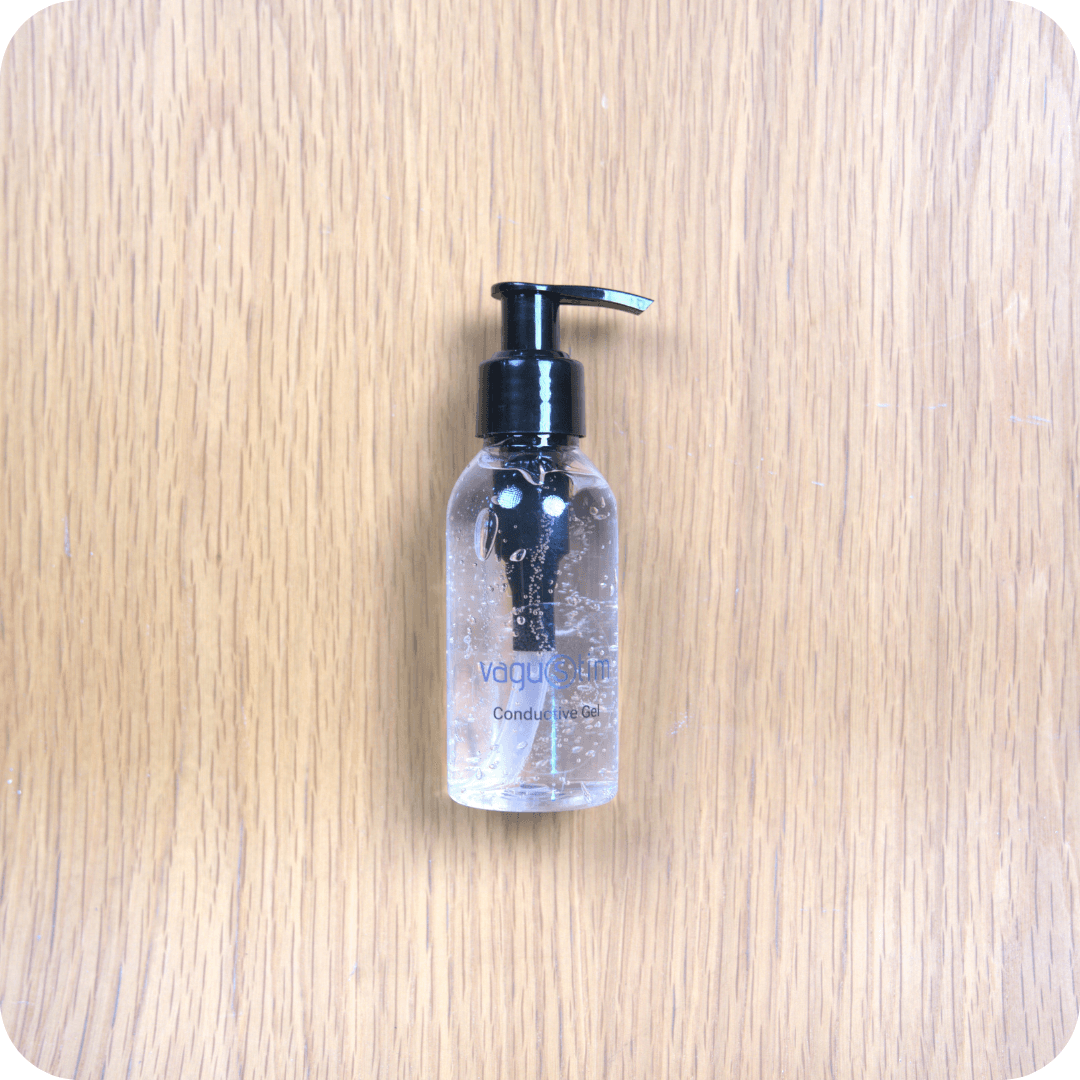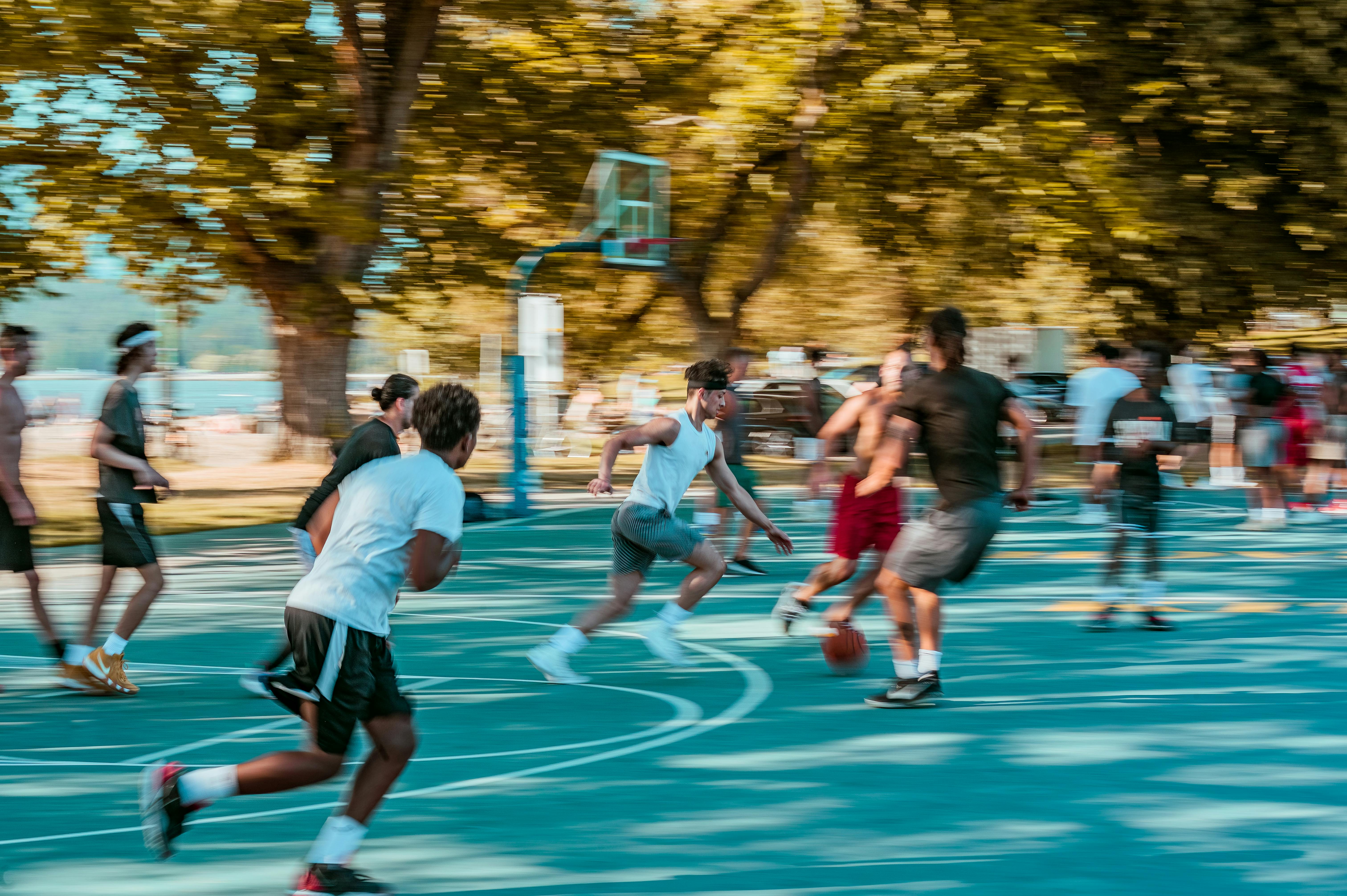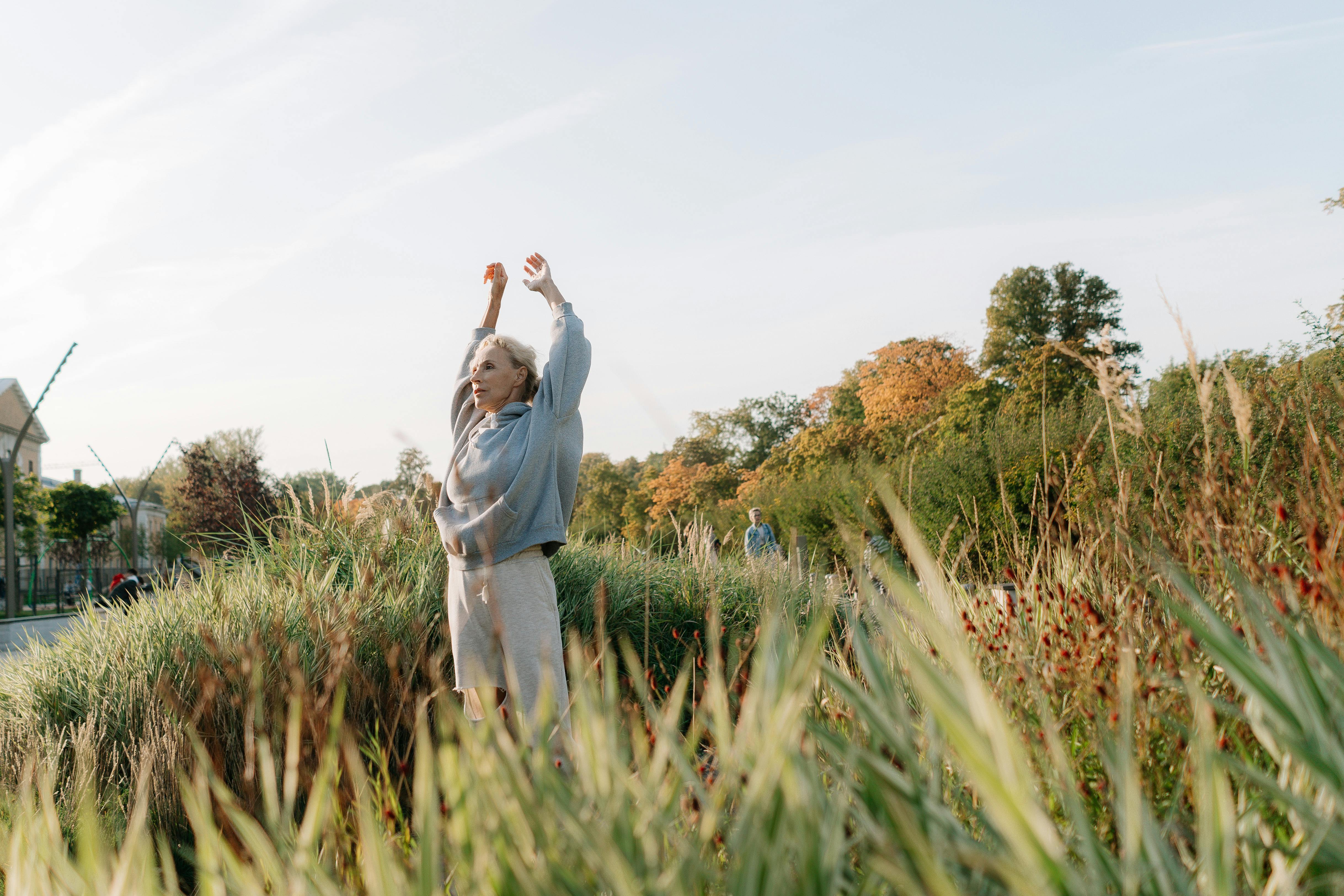Abstract:
During sports and exercise, multiple physiological systems—including the cardiovascular, respiratory, musculoskeletal, nervous, endocrine, and immune systems—work together to maintain performance and adapt to physical stress. At the onset of exercise, sympathetic nervous system activity increases, while parasympathetic activity is temporarily suppressed. After physical exertion ends, parasympathetic activity resumes, playing an important role in supporting recovery by helping the body return to a state of rest and balance.
The vagus nerve, as a key component of the parasympathetic system, has been explored for its potential to influence cardiovascular, pulmonary, and metabolic responses during and after exercise. This article reviews current literature on the potential wellness-related applications of auricular vagus nerve stimulation (aVNS) in the context of post-exercise recovery and support for physical readiness.
Preliminary findings suggest that aVNS may help promote a smoother transition into the recovery phase after exercise, which could support the body’s natural restoration processes. When used alongside rest and other recovery strategies, aVNS may contribute to reduced perceived fatigue and improved preparedness for subsequent training sessions. Some research also suggests that optimizing recovery through such methods may be beneficial in managing training load and minimizing physical strain.
As a non-invasive and non-pharmacological approach, auricular VNS is being increasingly studied in sports science contexts. With continued research, it may emerge as a complementary tool in performance recovery routines—without pharmacological risks or doping concerns.
Authors: Ali Veysel Özden, Kerem Alptekin, Mehmet Unal




